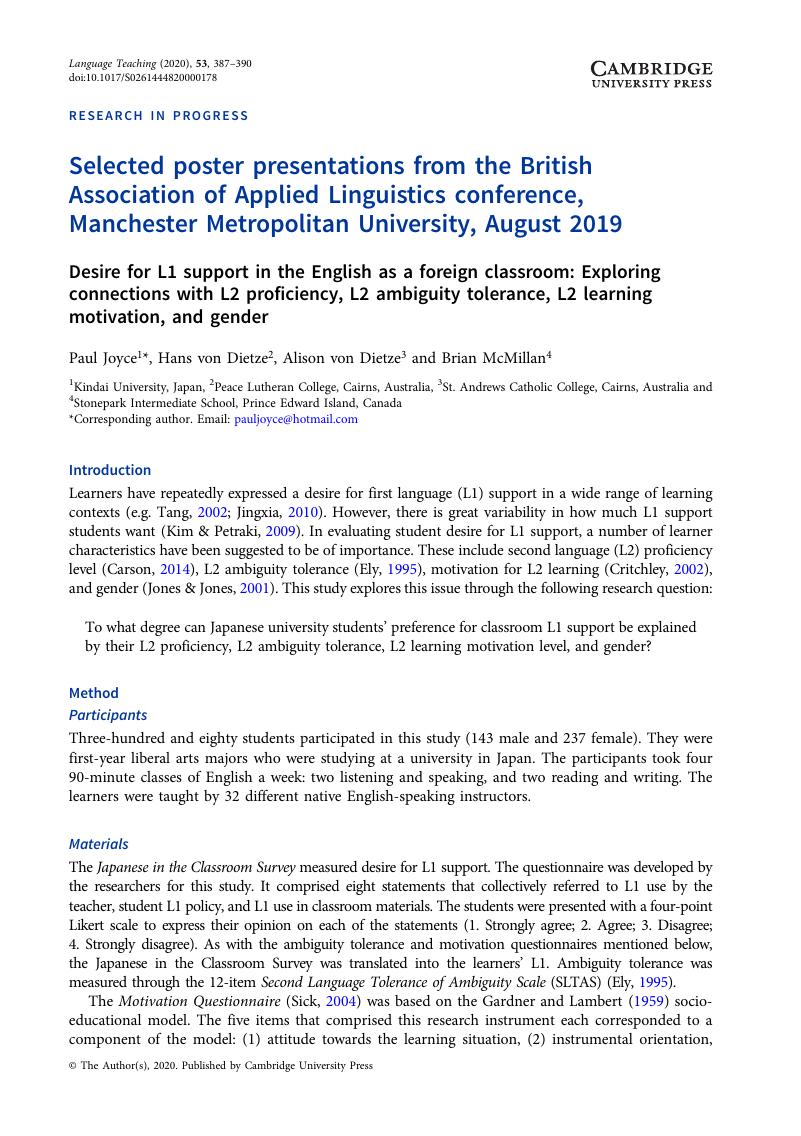Crossref Citations
This article has been cited by the following publications. This list is generated based on data provided by Crossref.
Xue, Yi
and
Yu, Zhonggen
2023.
Bibliometric Analysis of Ambiguity Tolerance: Unearthing Its Role in Sustainable Language Education.
Sustainability,
Vol. 15,
Issue. 15,
p.
11886.



